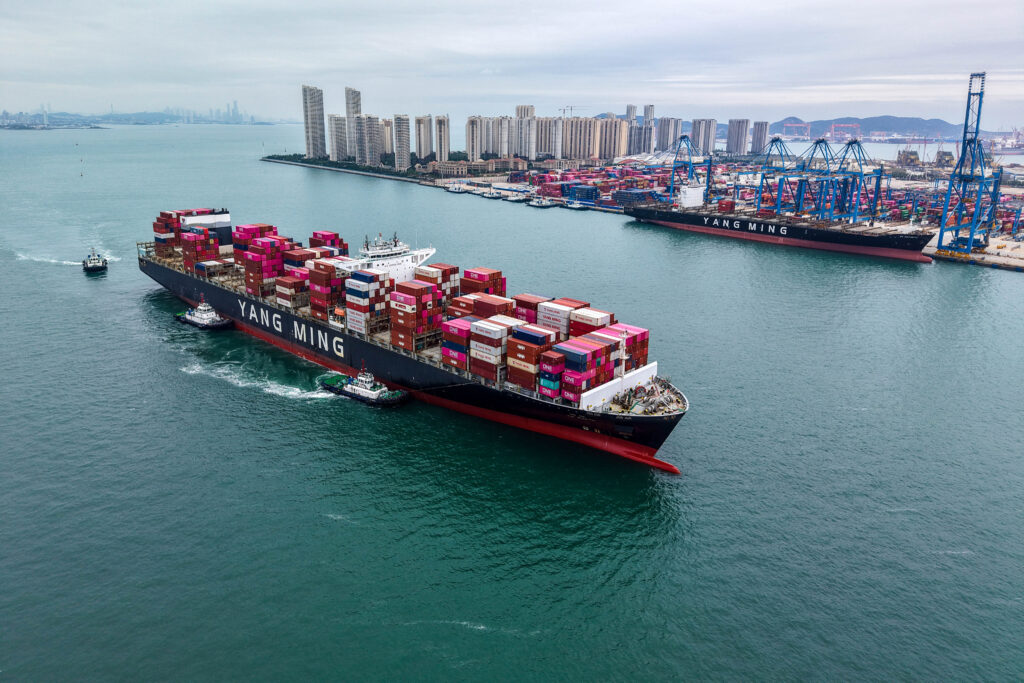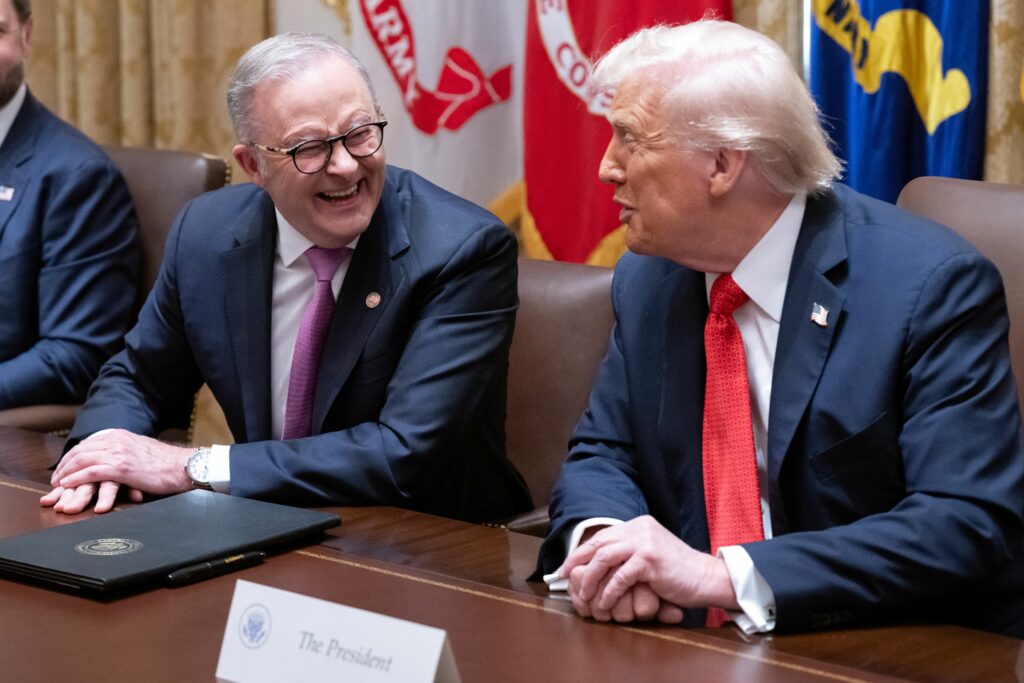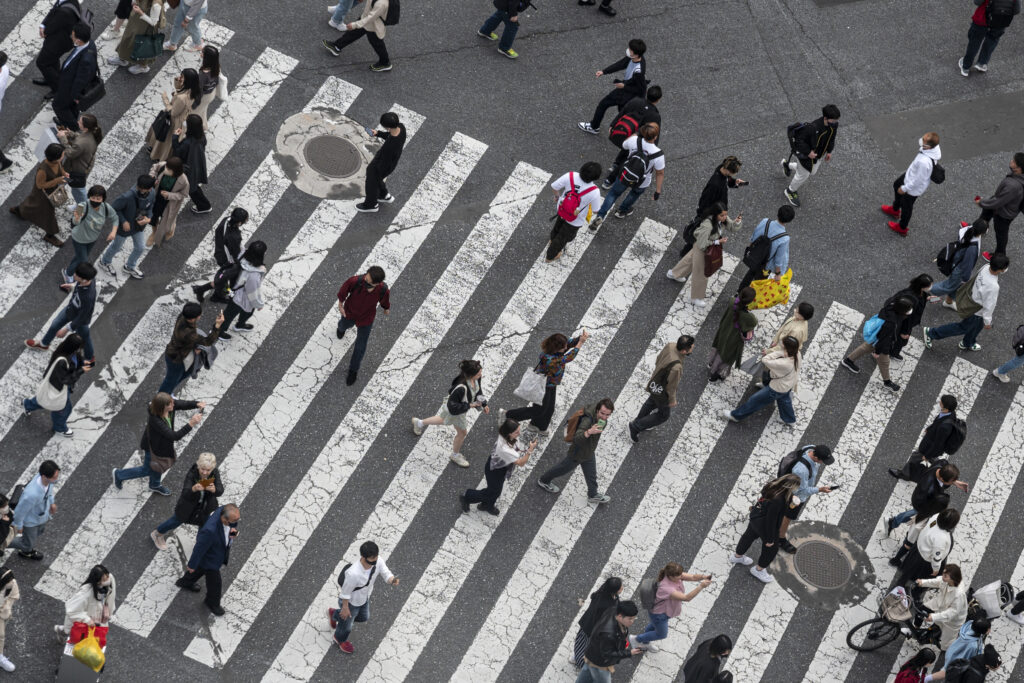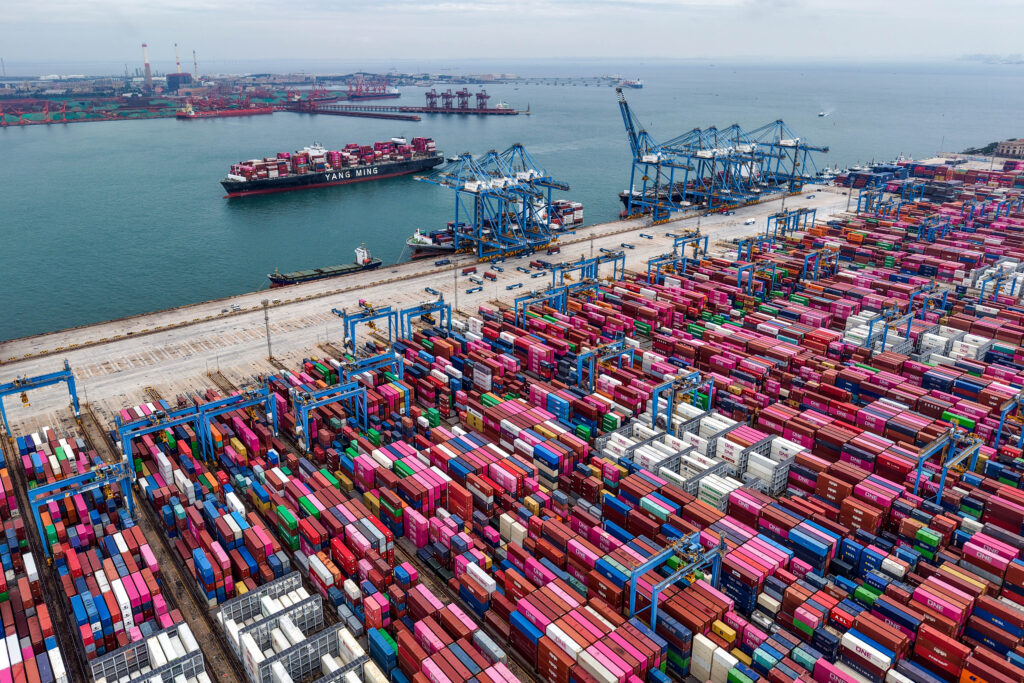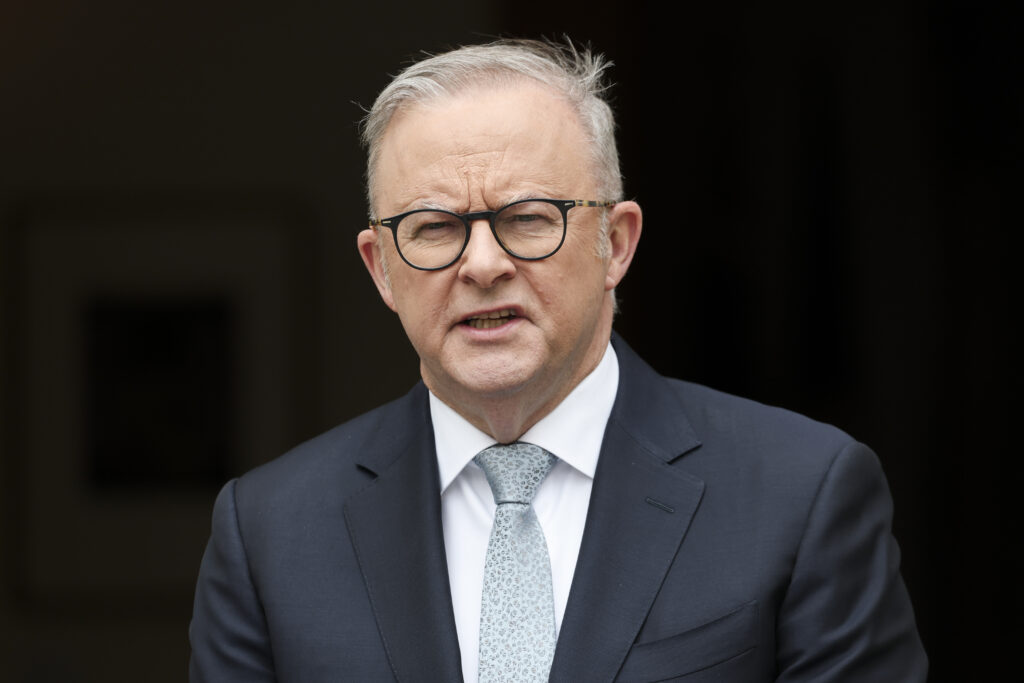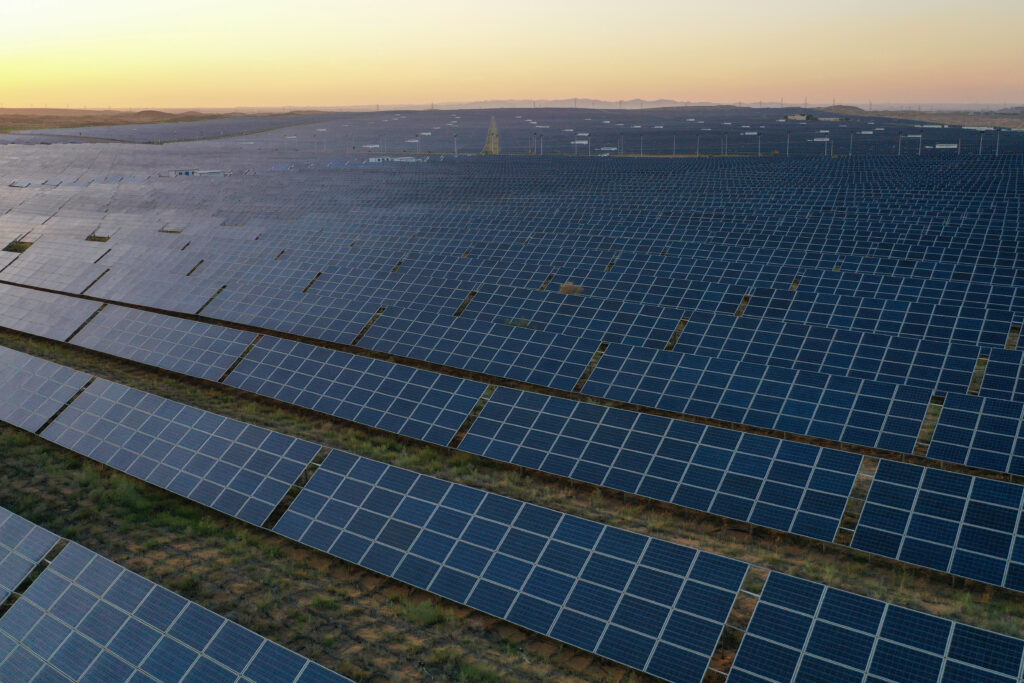EU timber imports linked to deforestation on Indonesia’s Borneo: NGOs
Timber imports by companies operating in the European Union can be traced to logging on Indonesia’s Borneo island, a new report published Tuesday showed, with NGOs calling for the bloc to stop delaying a ban on deforestation-linked products.The EU last month said it will seek a new one-year postponement of sweeping anti-deforestation rules known as the European Union Deforestation Regulation (EUDR), legislation that was cheered by green groups but assailed by trading partners, including the United States and Indonesia.The report, published by Earthsight and Auriga Nusantara, traced the biggest Indonesian buyers of deforested wood in Borneo, showing that they all ship to clients in Europe with a high risk that such imports come from forest clearance.”This report demonstrates why the EUDR is urgently needed in Europe’s timber sector: to ensure buyers can be confident in where their wood came from; to stop the flow of deforestation wood into Europe; and to end European complicity in the destruction of tropical forests,” the NGOs said.”It also serves as an urgent call to action for any company importing timber products from Indonesia to the EU: these firms must carefully examine their supply chains and eliminate risk that their imports may be tainted by deforestation wood.”European customers of Indonesian companies handling deforested wood were mainly Dutch, Belgian and German firms, which placed orders for more than 23,000 cubic metres of wood products, such as garden decking and finished plywood from Indonesia in 2024.Companies named in the report — Dekker Hout, International Plywood BV, Seiton BV, Kurz KG, Fepco International and Impan GmbH — did not respond to AFP comment requests.Indonesia has one of the world’s highest rates of deforestation linked to mining, farming and logging, and is accused of allowing firms to operate in Borneo with little oversight.Borneo island has one of the world’s largest tracts of rainforest and hosts orangutans, long-nosed monkeys, clouded leopards, pig-tailed macaques, flying fox bats and the smallest rhinos on the planet.Environmental groups reacted angrily to the prospect of postponing the EU bill, which was to ban imports of products driving deforestation from the end of 2025.But the European Commission said the logistical infrastructure for implementing the law — already once pushed back a year — was not yet ready.

